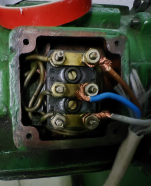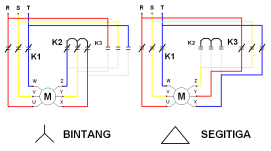cryptopsy1
Plastic
- Joined
- Jul 17, 2022
I have a motor that can be wired for 220 or 380V . I tried to start my lathe with start capacitors on the motor on 220V single phase but it wasn't powerful enough.
I bought a VFD that is 220V single phase input and 220V 3-phase output. Can i use it to power my motor or will I lose 1/3 of the power as before if I use it (since its 220v output) ?
I bought a VFD that is 220V single phase input and 220V 3-phase output. Can i use it to power my motor or will I lose 1/3 of the power as before if I use it (since its 220v output) ?





